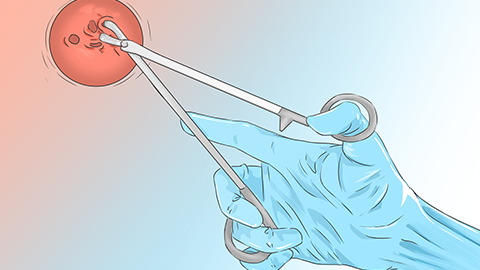What can a biopsy for erosive gastritis reveal?
Generally, a biopsy for erosive gastritis can detect the type of gastritis, infiltration of inflammatory cells, degree of gastric mucosal damage, evidence of Helicobacter pylori infection, and screen for precancerous lesions. Specific details are as follows:

1. Type of Gastritis
A biopsy for erosive gastritis can determine whether it is acute erosive gastritis or chronic erosive gastritis. Acute erosive gastritis presents with sudden gastric mucosal erosion and bleeding, while chronic erosive gastritis may involve repeated mucosal injury, repair processes, and associated pathological changes.
2. Infiltration of Inflammatory Cells
A biopsy for erosive gastritis identifies the types and quantities of inflammatory cells infiltrating the gastric mucosal tissue, such as neutrophils, lymphocytes, and plasma cells. Extensive infiltration of neutrophils may indicate acute inflammation, whereas predominant infiltration of lymphocytes and plasma cells may be associated with chronic inflammation.
3. Degree of Gastric Mucosal Damage
A biopsy for erosive gastritis allows observation of the depth and extent of gastric mucosal erosion, as well as the presence of other damage manifestations such as ulcers or hemorrhage, thereby assessing the extent of mucosal injury and aiding in evaluating disease severity.
4. Evidence of Helicobacter pylori Infection
A biopsy for erosive gastritis can identify Helicobacter pylori using special stains or immunohistochemical techniques, confirming the presence of this bacterial infection, which is one of the common causes of erosive gastritis.
5. Screening for Precancerous Lesions
A biopsy for erosive gastritis detects signs of precancerous lesions such as atypical hyperplasia or intraepithelial neoplasia in gastric mucosal cells. Based on the morphological and structural abnormalities of the cells, the risk of malignancy can be assessed so timely intervention measures can be taken.
A biopsy for erosive gastritis is an important diagnostic method that provides multiple pieces of information related to gastric mucosal lesions, helping physicians formulate targeted treatment plans and monitor disease progression. After undergoing a biopsy, patients should follow the doctor's recommendations for active treatment and follow-up visits.







